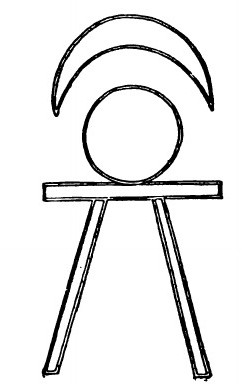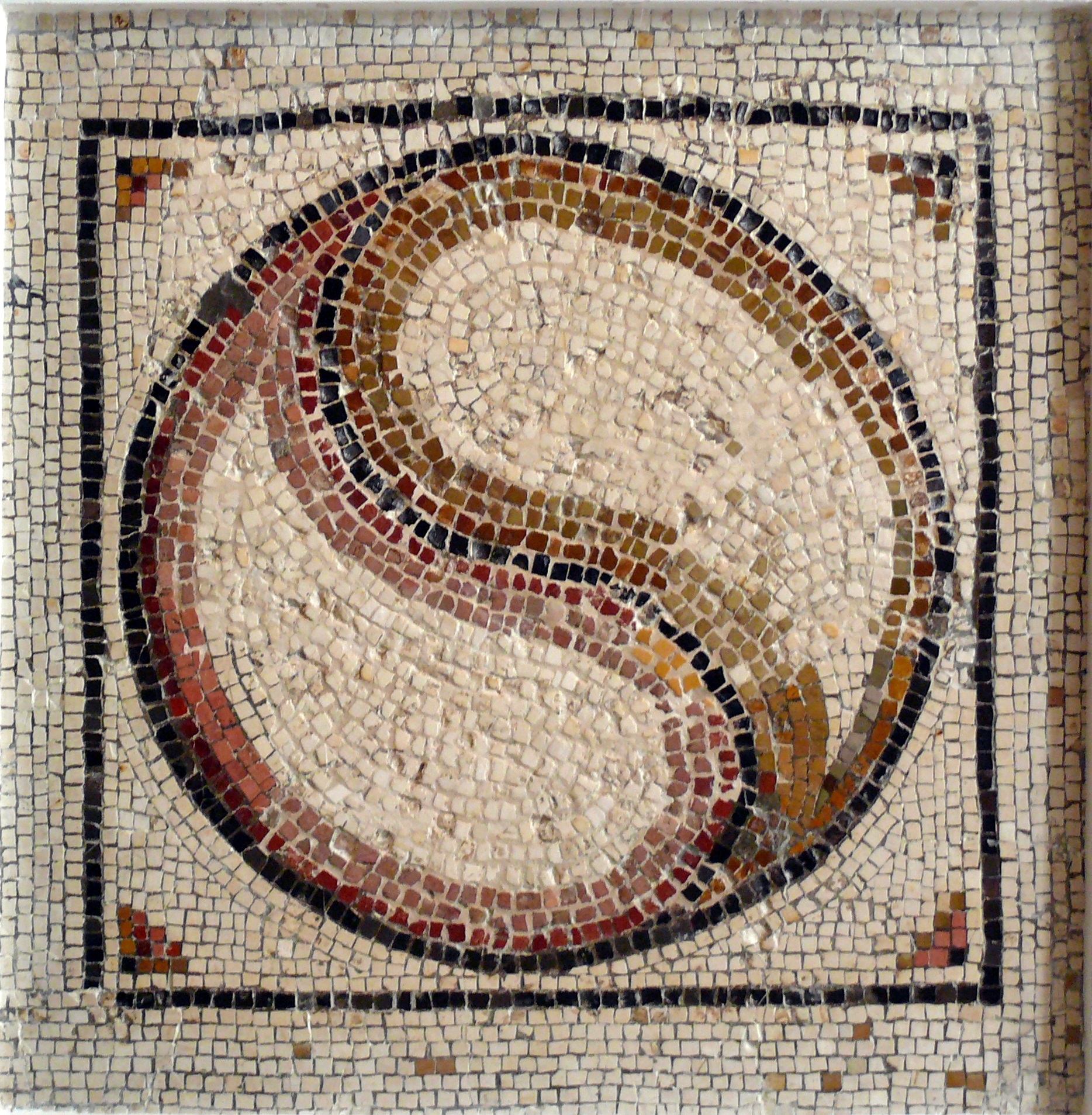
|


THE DESCRIPTION OF CARTHAGE IN APPIAN OF ALEXANDRIA (200
BC)
"PUNIC WAR", IN THE TRANSLATION OF A. D. 1679
 "It was situate in the gulf of Africa,
compassed by the sea, in the form of a peninsula, the Neck of which,
dividing it from the Continent, was about five-and-twenty Furlongs
broad. Towards the West there stretched out a long Point of Land, about
half a Furlong wide, which advancing into the Sea, divided it from the
Marish, and was inclosed on all sides with Rocks, and with a single
Wall. Towards the South and the Continent, where stood the Citadel,
called Byrsa, it was inclosed with a trip Wall of thirty Cubits high,
not accounting the heights of the Parapets and Towers, which flanked it
around in equal distances, of about two Acres [Or about eighty fathoms,
according to the Greek acre] one from another.
"It was situate in the gulf of Africa,
compassed by the sea, in the form of a peninsula, the Neck of which,
dividing it from the Continent, was about five-and-twenty Furlongs
broad. Towards the West there stretched out a long Point of Land, about
half a Furlong wide, which advancing into the Sea, divided it from the
Marish, and was inclosed on all sides with Rocks, and with a single
Wall. Towards the South and the Continent, where stood the Citadel,
called Byrsa, it was inclosed with a trip Wall of thirty Cubits high,
not accounting the heights of the Parapets and Towers, which flanked it
around in equal distances, of about two Acres [Or about eighty fathoms,
according to the Greek acre] one from another.
Their Foundations were about thirty Foot deep, and they were
four Stories high, the Walls reaching only to the second: but they were
vaulted, and that so vastly that underground there were Stalls for three
Hundred Elephants, with all things necessary for their sustenance, and
above, Stables for four thousand Horse, and Lofts for their Provender;
besides, there were Lodgins for twenty thousand Footmen and four
thousand Horseman; in short, all their ordinary preparations for War
were lodging in their Walls only. There was but one place of the City
where the Walls were low and weak. This was a neglected Angle, which
began at the Point of Land we spoke of before, and reached to the
Ports--for they had two Ports, disposed in such manner that a Ship might
easily go from one to the other and yet there was but one entrance,
through a passage of about sixty-six Foot wide, secured with Chains.
The first was for Merchants, where were many and divers sorts of Quarters
for the Mariners; the other, which was the inner Port, was for the Men
of War, in the midst of which stood an Island, encompassed about as well
as the Port, with vast Keys, in which there were places or Docks to put
under covert two hundred and twenty Ships, and above Storehouses, where
they wrought and made all things necessary for the Shipping. The front
of each place were upheld by two Pillars of Marble of Ionick
workmanship, so that whole round, as well of the Port as the Island,
represented on both sides two magnificent Gallies.
Within this Island stood the Admiral's Palace, from whence the Trumpet
gave the Signal of his Orders; from whence he published his Ordinances,
and from whence he overlooked all Things. The Island stood directly
opposite to the mouth of the Port, extending itself way forward so that
from thence the Admiral could discern what passed at Sea a great
distance off, but those at Sea could not perceive what passed within;
nay when the Merchants were entered into their Port, they could not see
the Men of War, for their Port was separate from the inward Port by a
double Wall, and from them there was an entrance from their Port by a
Gate into the City, without passing into the other. Such was this time
the face of Carthage."
Pp. [3-4] of CARTHAGE AND TUNIS: THE OLD AND NEW GATES OF
THE ORIENT, by Douglas Sladen, Vol. 1, Hutchinson & Co., London
1906.

|
|









